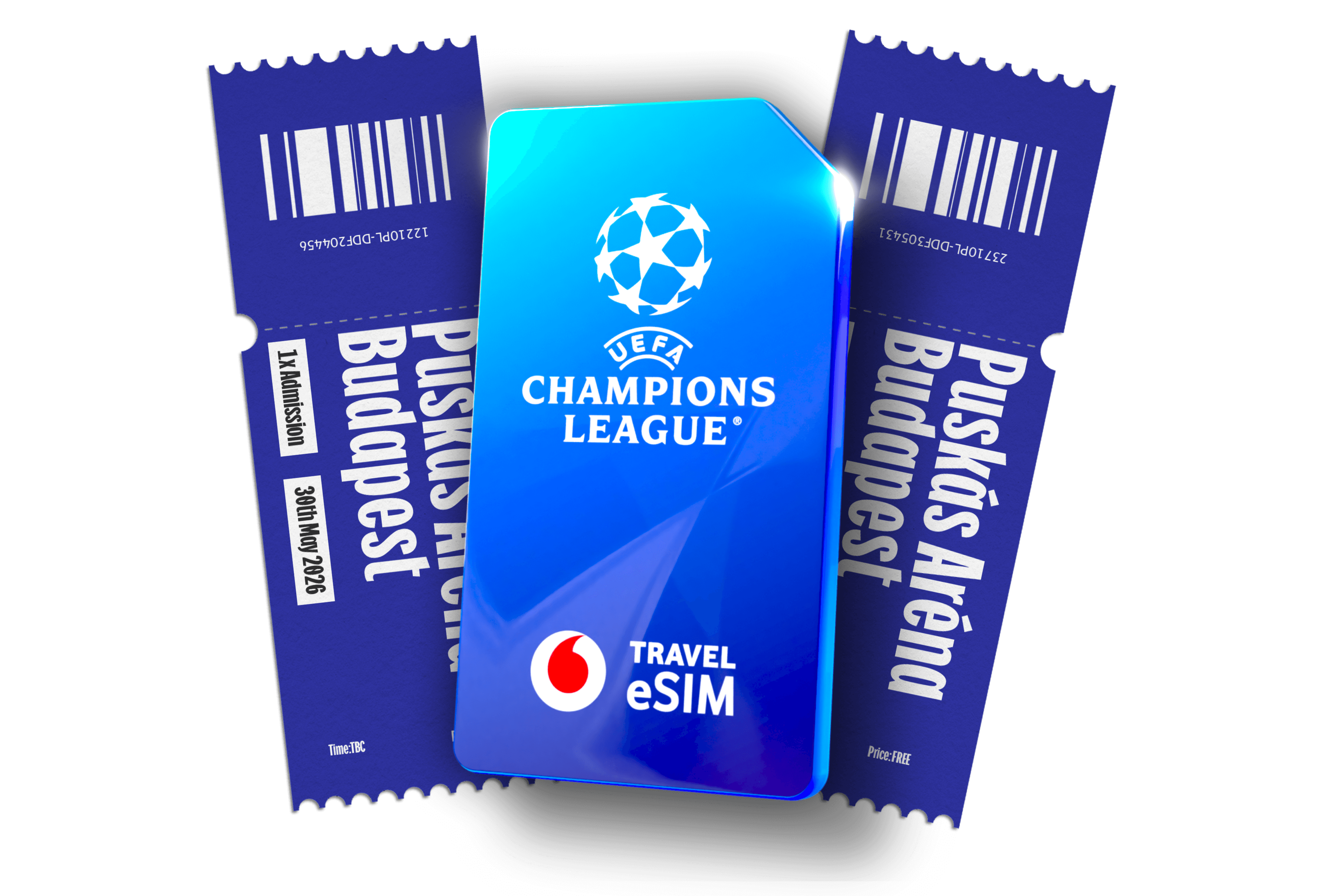- 1 Tbsp coconut oil 2 garlic cloves,
- Crushed 1/2 large yellow onion,
- Chopped 1 Tbsp organic vegetable bouillon
- 2 Tbsps red curry paste
- 1 can coconut milk
- 125ml water
- 65g red lentils,
- Rinsed Veggies of choice, chopped (I used a red pepper, two heads of broccoli and a tablespoon of fresh ginger, roughly chopped)
- Sunflower seeds for garnish (optional)
Heat coconut oil in a medium saucepan over a medium-high heat. Add garlic and cook for 30 seconds; add onion and cook until softened (2 or 3 minutes). Add bouillon and red curry paste, then mix. Add coconut milk and water, stirring well. Lower the heat all the way down and add lentils. Cover and cook lentils for 10 minutes, or until tender. Add your vegetables and cook, covered, until they are heated through/softened to your liking (if using broccoli and red pepper, I recommend 5 minutes, to maintain a nice crunch). Top with sunflower seeds and serve hot.






















